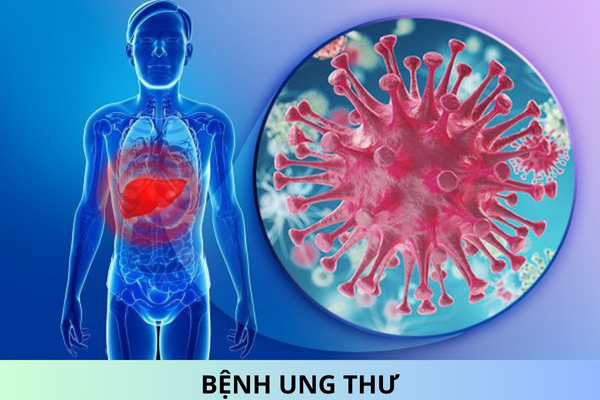Clinical Symptoms of Gonorrhea as Prescribed
Based on Subsection 2.1 Section 2 Guidelines for Diagnosis and Treatment of Gonorrhea (Issued together with Decision 5165/QD-BYT in 2021) regulations:
Clinical Symptoms
The incubation period in men averages 3-5 days. In women, the incubation period is usually longer, averaging 5-7 days. During this time, the patient is asymptomatic but still capable of transmitting the disease to others.
Regarding: Uncomplicated Gonococcal Infection
- Men: typically present with urethral discharge and dysuria. Examination may reveal urethral discharge that can be scant or profuse, mucoid or purulent.
- Women: often have no significant symptoms, less than 50% of patients may have abnormal vaginal discharge, dysuria, lower abdominal pain, and pain during sexual intercourse. Examination may show vaginal discharge and cervicitis, possibly with pus. Most patients do not have clear symptoms, thus go undiagnosed and untreated.
- Rectal Gonorrhea: largely asymptomatic in both sexes; occasionally presents with rectal pain or discharge.
- Pharyngeal Gonorrhea: primarily asymptomatic, may present with mild sore throat and pharyngitis.
Regarding: Complicated Gonococcal Infection
- In men, untreated gonococcal infection can lead to epididymitis, urethral stricture, and infertility. The risk of complications increases with repeated reinfections.
- In women, untreated gonococcal infection can lead to serious complications such as pelvic inflammatory disease, endometritis, salpingitis, and tubo-ovarian abscess, ectopic pregnancy, and infertility.
- In neonates, gonococcal conjunctivitis manifests as purulent discharge from the eyes and eyelid swelling. If untreated, it can lead to corneal ulceration, scarring, and blindness.
Respectfully!










